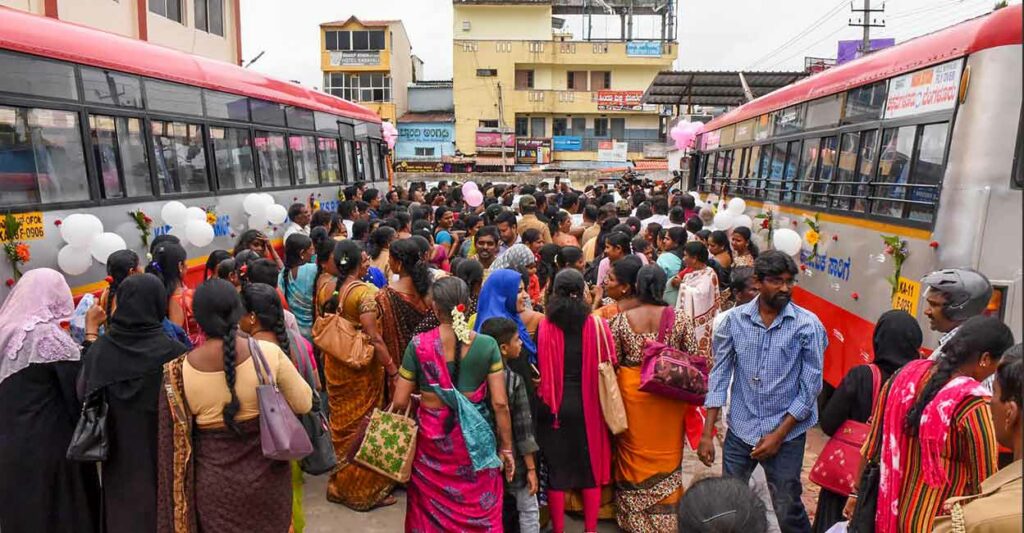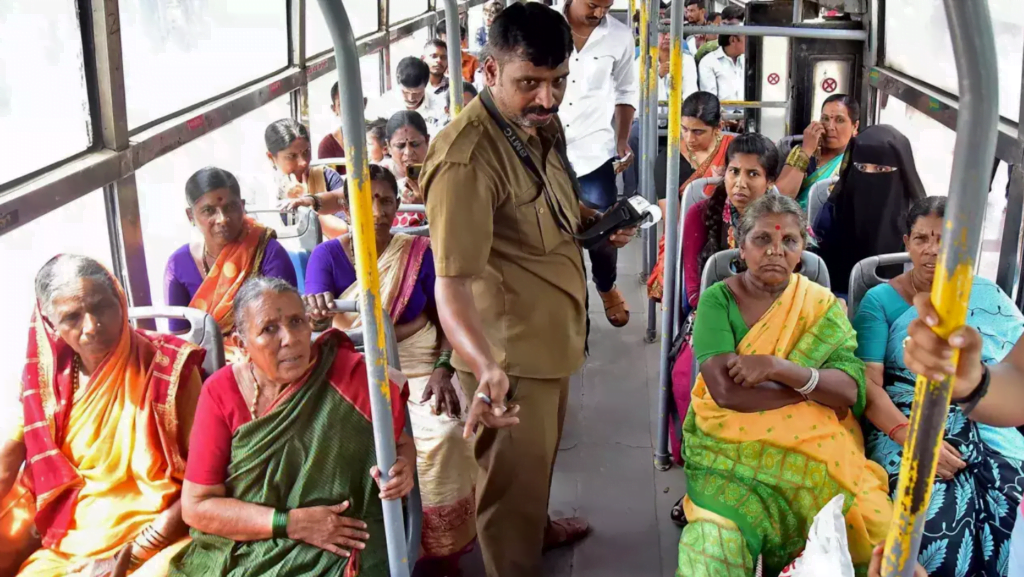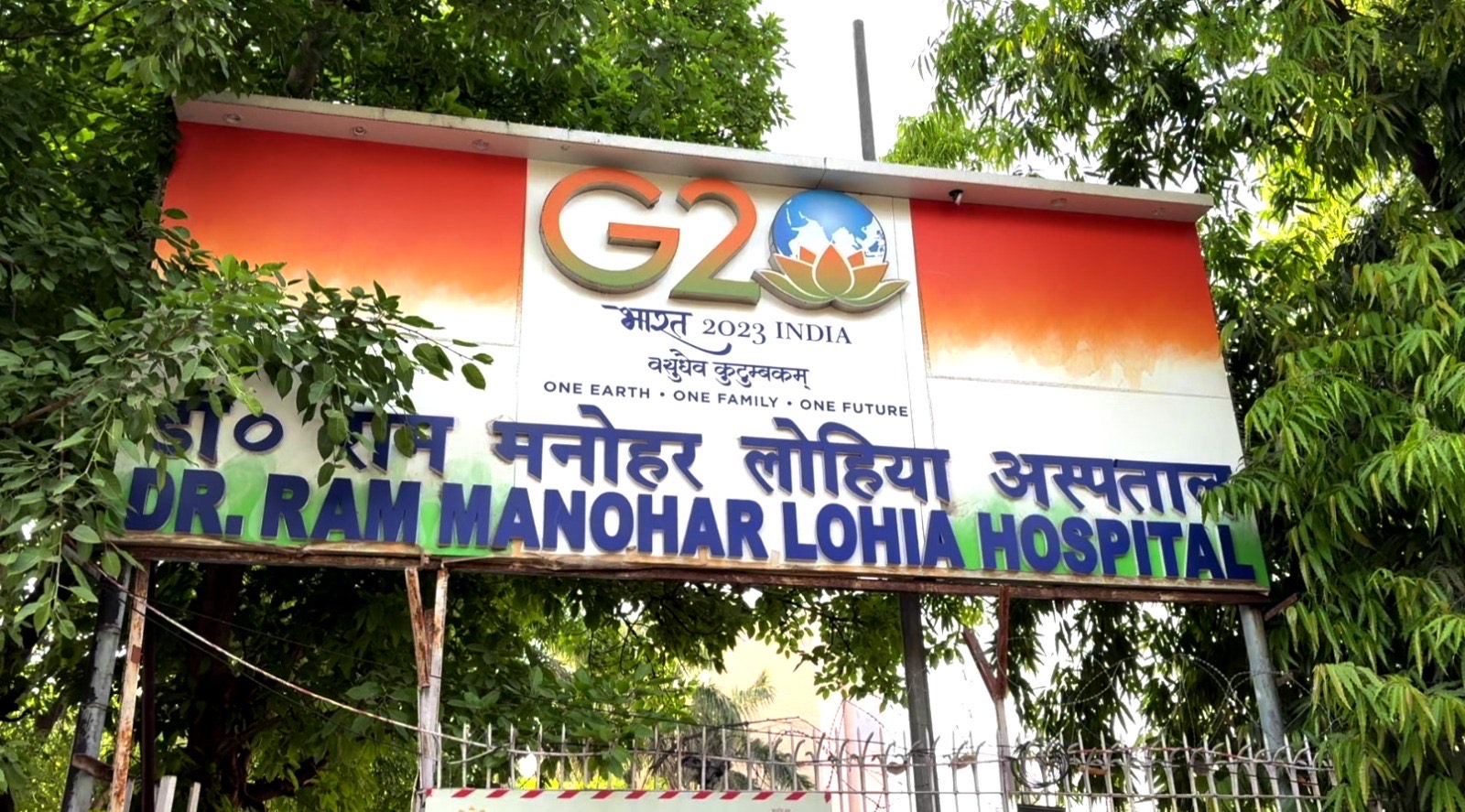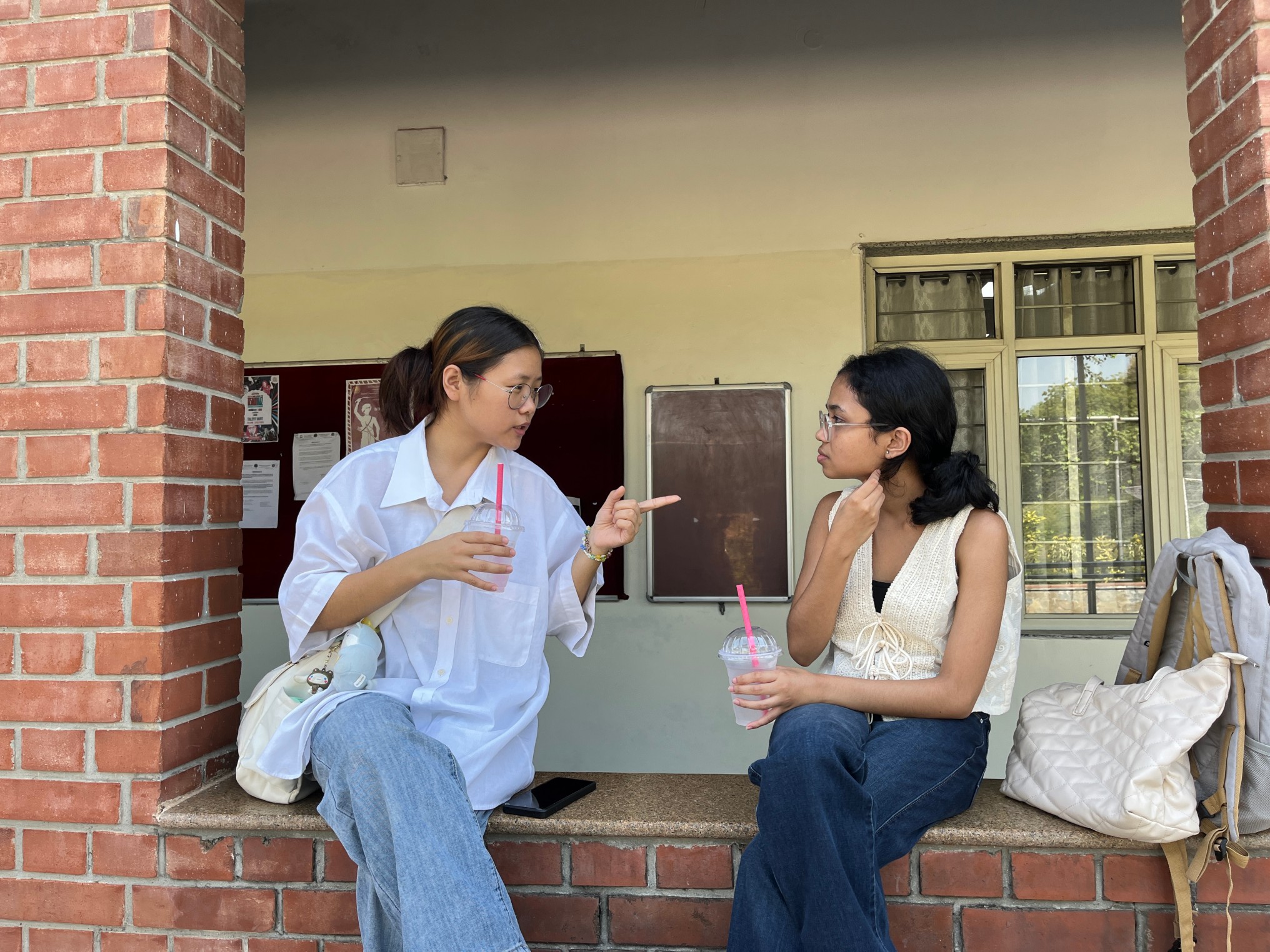When you get on the green-coloured bus number 365 from Bannerghatta National Park at two pm, you will more often than not find yourself among several other people going about their day, sharing a space for a very short time in their lives. You are invisible, and yet, you are in everyone’s way, but that is okay because so is everyone else.
Fathima, 24, a regular traveller on one of these buses says with an air of ironic detachment, ‘You think this is crowded? Wait until it is six or seven pm.’ Some people are even standing on the stairs of the bus.
Bus transport, otherwise, for many is an opportunity to truly exercise one’s freedom. Kanak, 71 recounts stories of boarding buses to get to her workplace and of how powerful it made her feel to be able to go about the city on her own. Isha, 55, on the other hand, has different stories.
Stories of harassment, abuse and distasteful experiences that she inevitably had to deal with every time she got on a bus which, Kanak acknowledges, she undoubtedly took for granted. The conflict, therefore, is between the perceived privileges that certain policies have afforded women in Bengaluru, and the reality of the state of women’s safety on public buses.
The Shakti Scheme and reserved seats
Buses in Bengaluru are instances of gendered spaces and like any other gendered space, they have their nuanced engagements with the people that use them, favourable or otherwise.
On June 11, 2023, the Shakti Scheme was launched in Karnataka under which all women from Karnataka may avail of bus transportation for free. They would just need an ID to prove that they are from Karnataka and they can travel anywhere for virtually no cost. This came as a blessing for several women.

Dr Indu Antony, a visual artist and the brains behind Namma Katte, which is a significant work that addresses the confinement of women’s spaces to private spheres, says ‘I think it is an excellent scheme. I knew some women at Namma Katte who, if something happened at home and they needed to go to a relative’s place to escape did not have to wait around for their husbands to give them money to leave.’
The scheme has afforded women in Karnataka with less means a lot of freedom. BMTC also has reserved sections for women and both these measures have been the subject of debate.
‘The problems that they have with reserved seats are the same problems they have with any sort of reservation,’ says Dr Meghna Mudaliar, a Professor at Christ University to FII. Their observation is proven true by conductors and passengers who seem to think that the existence of a reserved women’s section implicitly defines the rest of the bus as a reserved men’s section.
Shreya, 19, recalls an incident in which she was not allowed to sit in a nearly empty general section because the conductor perceived it to be the “men’s section.” The general rhetoric against affirmative action of any kind in India also follows this trend of delineating the boundaries and confining the marginalised to only the “reserved” sections and then seeking to shrink these sections, hence othering them further.
Dr Meghna talks about how gender-based reservations may be scrapped but only after there is equality but as they rightly point out concerning the objections to the Shakti scheme, there is neither social nor economic equality, the latter illustrated by the gender wage gap which is still very much an issue.
Women’s safety on public buses
Reserved sections in buses can often form a community in their own right too. Shreya Hiremath says women on the bus have often complimented her for her outfits, and the passengers in general have been kind to her and helped her out when she needed assistance.
However, she also has had many less-than-great experiences. Like a lot of passengers, Shreya is exasperated at how crowded these buses usually are. ‘At this rate, I am more afraid of falling off the bus than anything else,’ she tells FII.

Pallavi, 22, a corporate employee also talks about how most often the doors of the non-AC buses cannot even close properly.
Shiny Pinto, 18, also does not feel entirely safe on the bus. She is a frequent passenger and in a conversation with FII says ‘sometimes the conductors are very nice to you and they will call you ‘child’ and treat you appropriately, More often than not they are pissed at the crowd and they will take it out on you. At their worst, they will make you extremely physically uncomfortable.’
A lot of women mentioned the fact that the conductor had to push through a crowd of women regardless of whether or not they felt any discomfort because they needed to get to the other side of the bus. Additionally, if the conductor is needed on one end of the bus for some sort of emergency, it would take them very long to make it through the crowd.
Some suggested an automated ticketing system to eliminate the need for the conductor to pass through the crowd again and again. Some also suggested increasing the number of conductors who are women to alleviate some of the discomfort that the women on these buses feel.
The buses are indeed extremely crowded and people are stacked like dominoes against each other. Nearly everyone who was spoken to in this interview seemed to attribute the crowds on the buses to the Shakti scheme and the women who are travelling for free.
The question of class and gender
Women do use public transport a lot, as they should. Everybody must be encouraged to take public transport whenever possible because it is more environmentally friendly and cost-effective. Most believe that giving out free tickets has supposedly resulted in BMTC incurring losses which is why they have reduced the number of buses, hence causing buses to be overcrowded. The only possible way to redress these concerns is to increase the number of buses on the busier routes.

Affirmative action of any sort is based on the redressal of not only current grievances but also past atrocities. The Shakti scheme might help women reclaim a public space that they have had to go through a lot to just exist in.
The reserved section for women often has a lot of stickers depicting highly gendered violence and helplines whereas the general section, or the implied “men’s” side has none. Ideally, this should have been designed keeping in mind that the victims or perpetrators can be of any gender.
Dr Meghna also talks about how a delineation between the reserved and the general sections reinforces the gender binary in harmful ways. The division of the bus along gendered lines is not only implicit but these sections are designed in very specific ways. The reserved section for women often has a lot of stickers depicting highly gendered violence and helplines whereas the general section, or the implied “men’s” side has none. Ideally, this should have been designed keeping in mind that the victims or perpetrators can be of any gender.
Even if one considers for a second that this was done because women are statistically more likely to be the victims of sexual assault and harassment than men, it still does not explain why the onus of preventing these crimes from happening is put on the victims.
It also ought to be considered why the Shakti scheme is available only for non-AC buses. Are the women on AC buses not owed reparations because AC buses cost more and upper-class men supposedly do not assault or harass women? Some say it is because BMTC needs some mode of revenue generation. The general notion is that free transportation for women has resulted in a lot more passengers who have “nowhere important to go.”
One must consider the fact that people do not usually travel on buses if they can afford other modes of transportation. No one braves a public bus because they like being in overcrowded places. A 2023 report says that 57 per cent of BMTC bus passengers are female so when people say that there are a lot more women than men on these buses that may be symptomatic of a gender perception gap in which a mild majority seems like a near extreme one.
Redefining value
The objections to the Shakti scheme may stem from deeply ingrained capitalistic and patriarchal ideologies. The implicit notion that women using buses are producing less value than men while “hogging” free seats is not only insensitive but painfully blind to the value that women produce. Some claim that only women who have BPL cards should be exempt from paying for bus transport since they need it most.
However, the reparations ought not to be based on class divisions when the unsafe environment of public buses was spawned by the social divisions of gender. The Shakti scheme not only benefits economically disadvantaged women but also incentivises bus transport for all women.
The solution to overcrowding is not to revoke affirmative action for the large number of women from Karnataka who need it. Nor is it to analyze and pass judgment on whether women who are not contributing in evident ways deserve to be on public transport. The only thing that can be done is to allocate more funds to bus transport.
A large number of people who are residents of Bengaluru or live here for any reason depend on buses as a cheap and reliable mode of transportation, from students to working professionals to daily wage labourers to senior citizens to several other demographics. Allocating funds to bus transport will hence count as allocating funds to employment, education, healthcare, and especially women’s safety.
Maybe affirmative action will be rendered unnecessary one day when eighteen-year-old girls who use the bus today, and eighty-year-old women who used to travel years and years ago, do not have the same perceptions about safety on buses, but for now, that possibility remains elusive.
About the author(s)
Adrita Bhattacharya is a Computer Science graduate from Vellore Institute of Technology and is currently pursuing a degree in English and Cultural Studies at Christ University. She has a keen interest in Linguistics, Gender Studies, and Digital Humanities.





